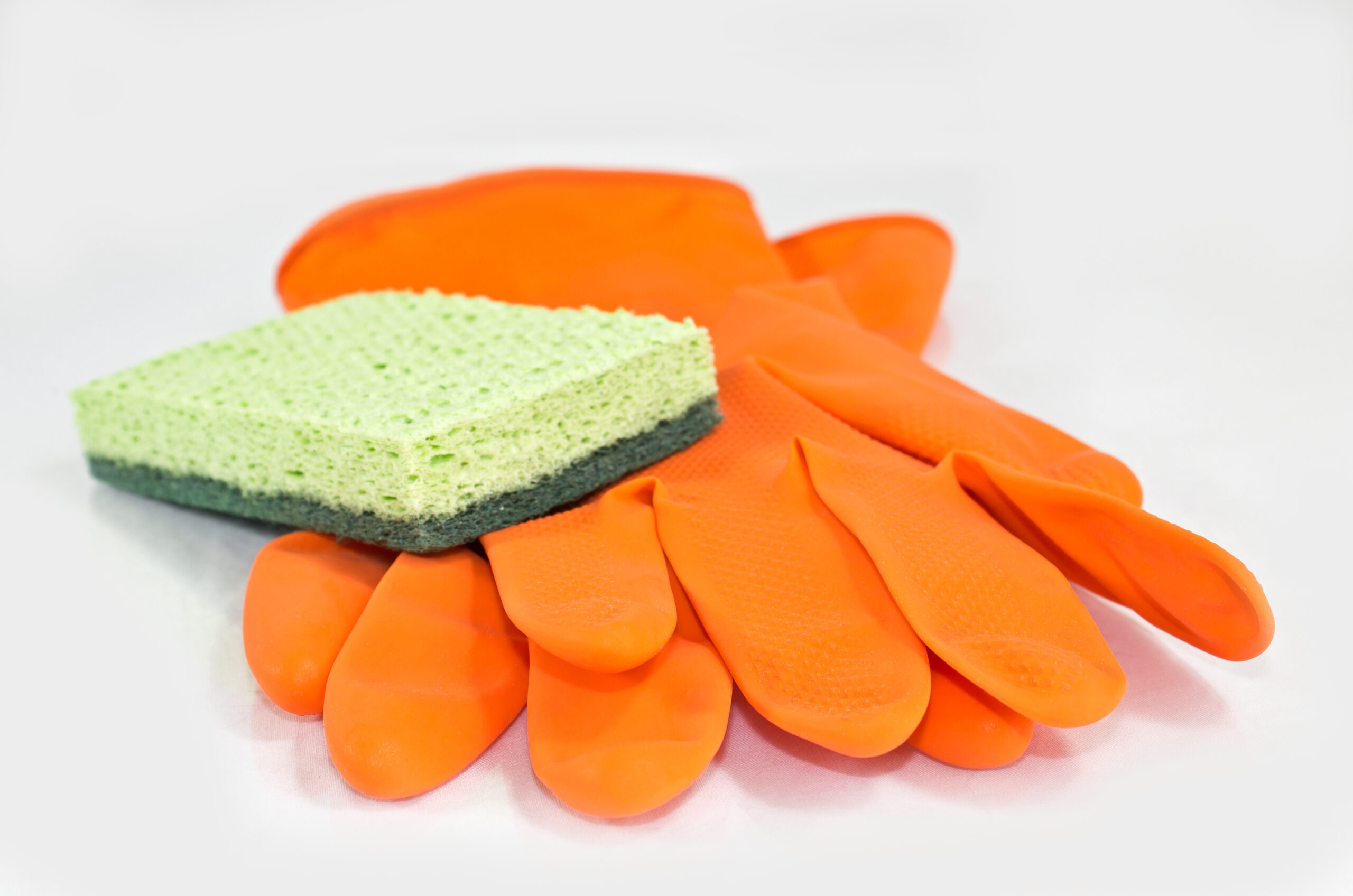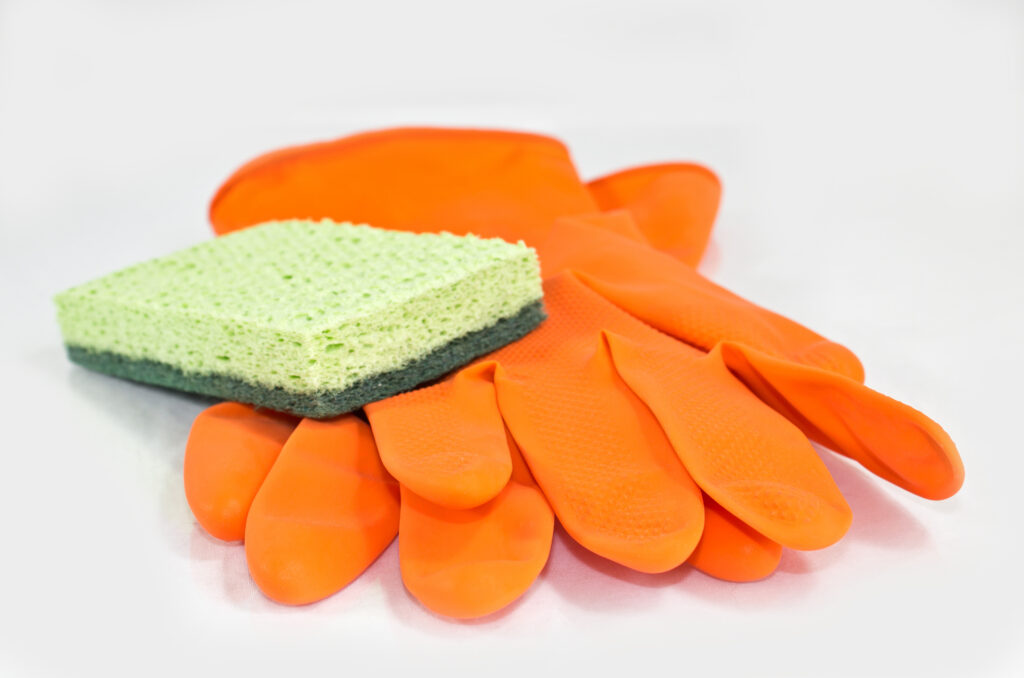The pandemic has left us with a new reality, and one of the most significant changes is that cleanliness is more critical than ever. With the rise in COVID-19 cases, it’s essential to take extra precautions when it comes to maintaining a hygienic environment. In this blog post, we will discuss why cleaning is so crucial during the post-pandemic period, the dangers of post-pandemic germs and bacteria, and five essential post-pandemic cleaning protocols you should follow to keep your home safe.
Introduction: Why Cleaning is More Important Than Ever
As the world recovers from the pandemic, people are returning to their daily routines, including going back to work or school. However, the risk of contracting COVID-19 remains high, which means that we need to be vigilant about our health and wellbeing. One way to reduce the spread of the virus is by practicing good hygiene habits such as washing hands regularly, covering coughs and sneezes, and disinfecting frequently touched surfaces.
Cleaning can help eliminate any lingering viruses on surfaces, reducing the chances of transmission. It also helps to remove dust, allergens, and other pollutants that may have accumulated over time. Therefore, it’s imperative to adopt updated cleaning standards in the wake of COVID-19.
The Dangers of Post-Pandemic Germs and Bacteria
Post-pandemic germs and bacteria pose a significant threat to public health. The pandemic has created an ideal breeding ground for microorganisms to thrive due to increased human contact and poor sanitation practices. Some common post-pandemic pathogens include norovirus, adenovirus, influenza, and MRSA (Methicillin-resistant Staphylococcus Aureus). These pathogens can cause severe illness, hospitalization, and even death.
Five Essential Post-Pandemic Cleaning Protocols to Keep Your Home Safe
Here are some essential post-pandemic cleaning protocols you should follow to keep your home safe:
1. Disinfect High Traffic Areas Regularly – High traffic areas like door knobs, countertops, and stair railings should be disinfected at least once a day using a mixture of bleach and water.
2. Use Microfiber Cloths – Traditional cloths can leave behind fibers and particles, making them less effective at removing debris and germs. Microfiber cloths, on the other hand, attract and trap dirt and grime better than traditional fabrics.
3. Wash Bedding and Towels Frequently – Bedding and towels harbor millions of germs, especially if someone in the household is sick. Wash them separately in hot water and use a disinfectant dryer sheet to kill any remaining bacteria.

4. Sanitize Electronics – Smartphones, laptops, and tablets are often used by multiple family members, increasing the likelihood of cross-contamination. Use a disinfectant wipe to clean these devices regularly.
5. Mop Floors Daily – Mopping floors removes surface dirt and grime while also helping to prevent slips and falls. Be sure to use a fresh mop head each time you mop to avoid spreading germs.
How Often Should You Clean? A Guide for Each Room in Your House
To determine how often you should clean each room in your house, consider the following guide:
Bathrooms – Clean daily, paying special attention to the sink, shower/bathtub, and toilet.
Kitchen – Clean daily, focusing on counters, appliances, and cabinets.
Living Area – Vacuum and spot clean weekly, paying close attention to upholstery and carpets.
Bedroom – Change bed linens and vacuum weekly, and clean furniture and decor monthly.
What Products Are Best for Post-Pandemic Cleaning
When choosing products for post-pandemic cleaning, look for those that are EPA-registered to kill viruses and bacteria. Here are some recommended products:
Bleach and Water Mixture (for disinfecting hard surfaces)
Microfiber Cloths (for wiping down surfaces)
Disinfectant Wipes (for electronics and small surfaces)
Laundry Detergent (for washing bedding and towels)
Conclusion
By implementing these essential post-pandemic cleaning protocols, you can significantly reduce the risk of contracting COVID-19 and other infectious diseases. Remember to always wear gloves and protective gear when handling potentially hazardous materials, and to dispose of waste properly. Stay safe!

